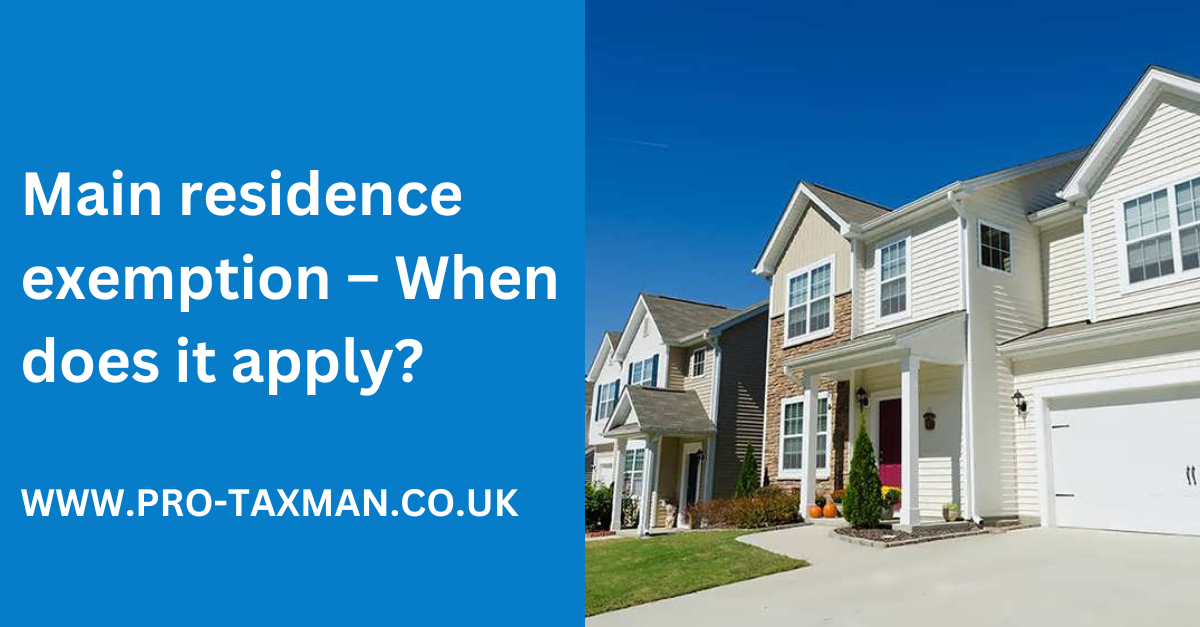Generally, when a person sells a home that they have lived in as their main residence, they will not have to pay tax on any gain that has arisen since they purchased the property. This is because of the capital gains main residence exemption which takes the resulting gain outside the capital gains tax charge. However, as for all tax exemptions, it is subject to the associated conditions being met. The fact that a property is occupied as a home is in itself not enough to ensure that a capital gains tax liability will not arise on disposal. Therefore, it is important to be clear as to the conditions that must be met for the exemption to apply.
Nature of the exemption
The main residence exemption provides relief from capital gains tax on the disposal of a taxpayer’s only or main residence. For any gain to be fully exempt, the taxpayer must have occupied the property as their only or main residence for the whole time that they have owned it (or the full period less the last nine months). Where a property has been the taxpayer’s only or main residence for some but not all of the period of ownership, the gain is time apportioned and the exemption applies to the period occupied as the only or main residence and the final nine months of ownership.
The final period exemption means that the gain relating to the last nine months of ownership is exempt from tax. This is increased to the last 36 months if the taxpayer is disabled or in residential care.
The property
Relief is only available for a property occupied as a residence; it does not apply for any period, or to any part, which is let (subject to any available lettings relief) or used for business purposes. Where this is the case, the gain must be apportioned as only the part used as a main residence qualifies for the exemption.
The property can be anything lived in as a home – ranging from houses and flats to houseboats.
The main residence exemption extends to any land and gardens up to the permitted area that the taxpayer occupies and enjoys with the residence. The permitted area is set at 0.5 of a hectare by the legislation. However, a larger area may qualify for relief where this is required for the reasonable enjoyment of the property, having regard to its size and character.
Only one main residence
A taxpayer can only have one main residence for tax purposes at a time, and married couples and civil partners can only have one main residence between them. Where the taxpayer or a couple have more than one home, they will need to elect which one is to be their main residence for capital gains tax purposes. The election must be made within two years of a change in the mix of properties. Once made, the taxpayer can ‘flip’ their main residence by varying the election where this is beneficial to ensure the exemption is used to shelter the greatest potential gain.
Need professional accounting service or accounting advice? Contact us to book a 15-min Free Consultation with us today.
To find out more please follow us on Facebook, Twitter, or LinkedIn. Feel free to contact us on 0333 006 4847 or request a call back by texting 075 6464 7474

